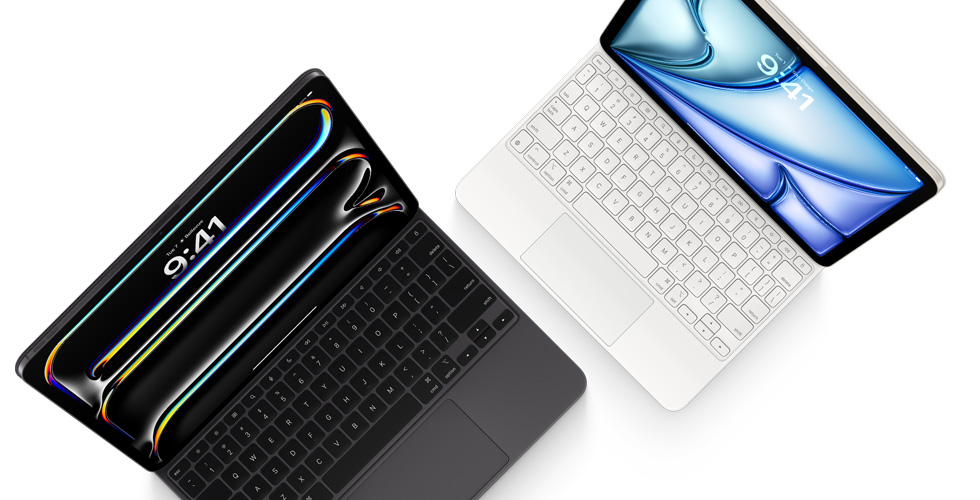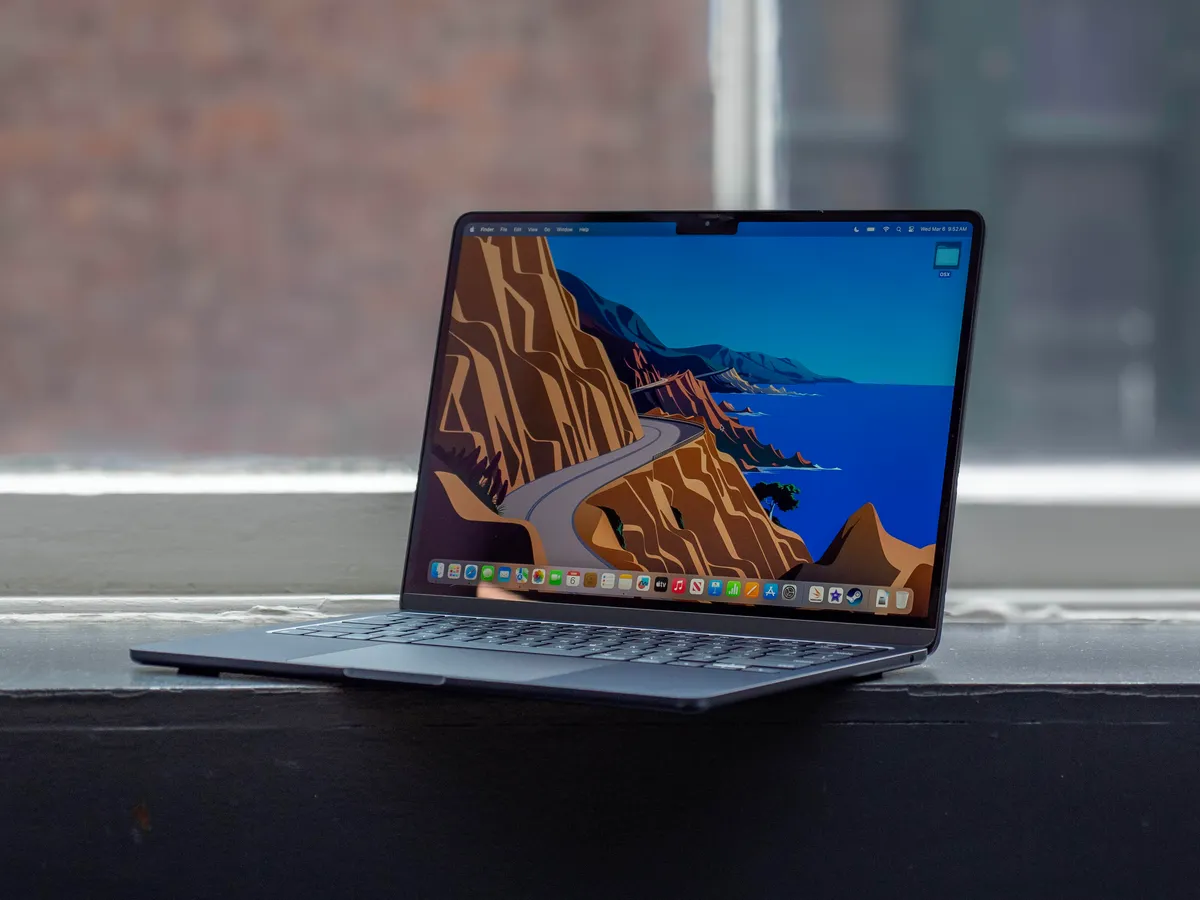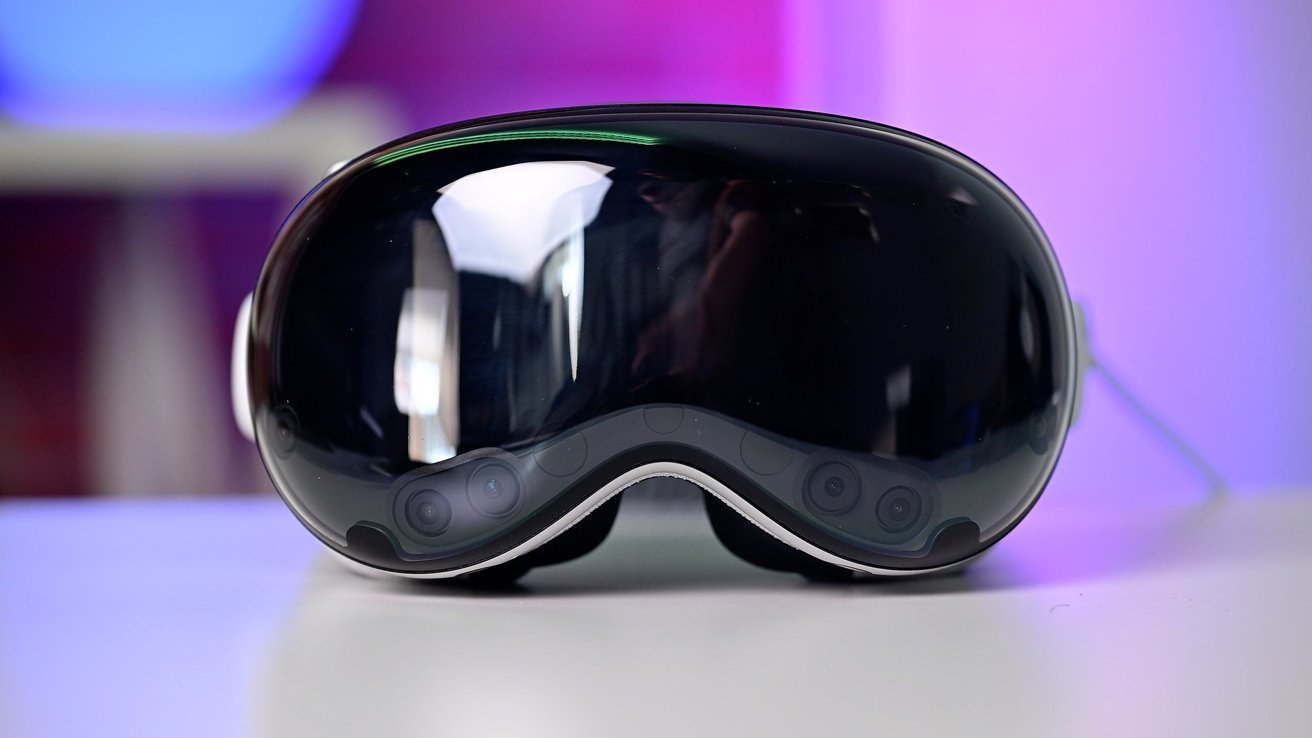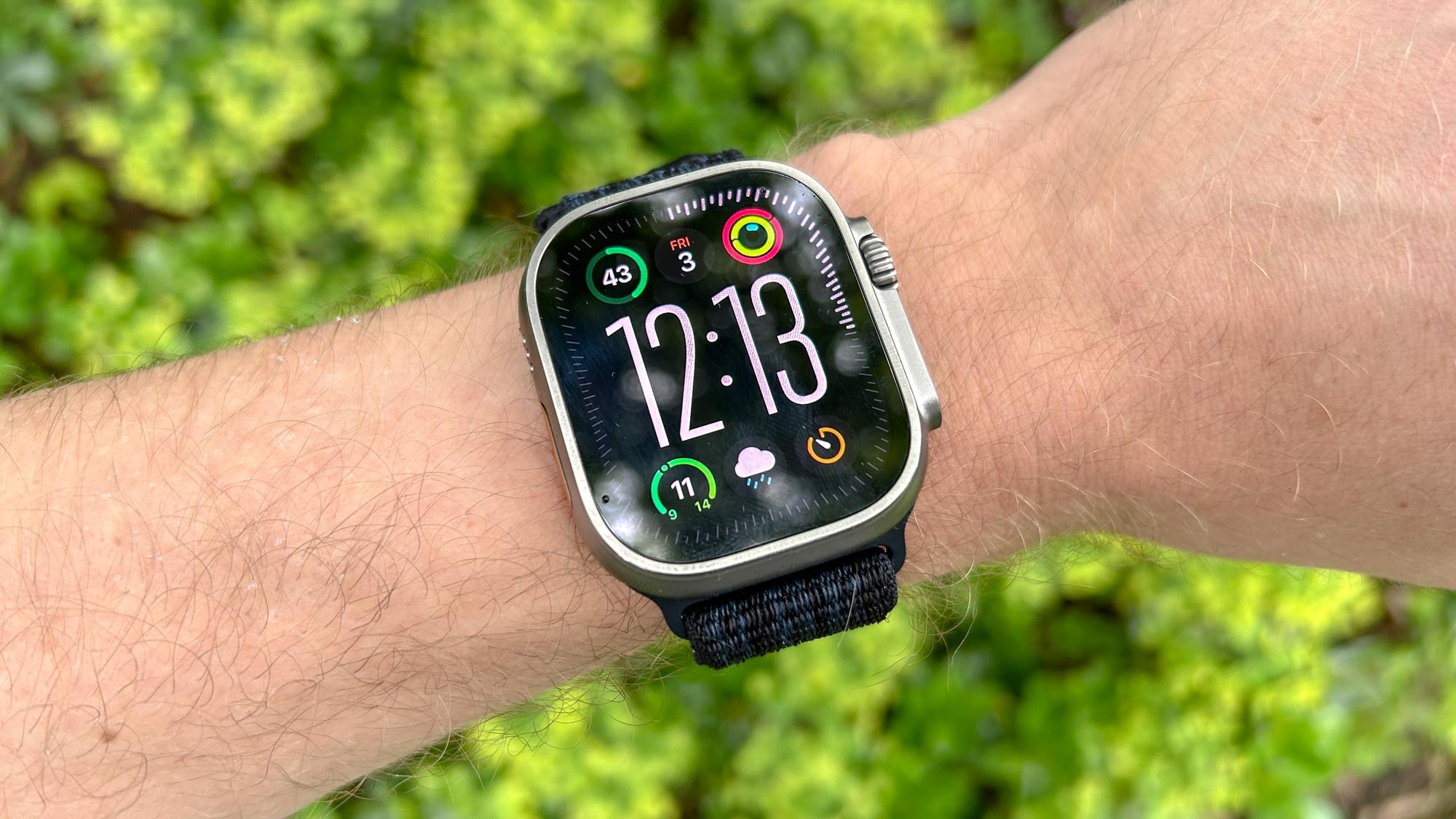Apple recently launched the M3 iPad Air and iPad 11, and now it’s introduced a neat new accessory to go with them. The Magic Keyboard for iPad Air has been updated with some awesome features borrowed from the M4 iPad Pro’s version. Let’s check out what’s new!
iPad Air’s Magic Keyboard Gets a Fresh Look
According to Apple:
The redesigned Magic Keyboard for iPad Air makes it easier to get things done, all at a lower price. It has a bigger trackpad that’s super accurate for tricky tasks, plus a new row of 14 keys for quick controls like adjusting brightness or sound. It snaps on magnetically, and the Smart Connector instantly links it up for power and data—no Bluetooth needed. There’s also a sturdy aluminum hinge with a USB-C port for charging. Starting at just $269 for the 11-inch size and $319 for the 13-inch, this keyboard keeps its sleek floating style and comes in white. This updated Magic Keyboard for iPad Air picks up some of the best tricks from the M4 iPad Pro’s keyboard, which I adore.
Here’s what they share:
- A larger trackpad for easier use
- A handy row of shortcut keys
One small difference? The iPad Air version doesn’t have the fancy trackpad vibration feedback. It also skips the aluminum area near the trackpad. But overall, the two keyboards are pretty similar. Both come in 11-inch and 13-inch options. While it’d be cool to have just one Magic Keyboard for all iPads, the super-slim iPad Pro probably needs its special fit.
Pricing and Which iPads Work with It
The iPad Air’s Magic Keyboard is cheaper since it skips a couple of extras:
- 11-inch: $269 (compared to $299 for iPad Pro’s)
- 13-inch: $319 (compared to $349 for iPad Pro’s)
It works with these iPads:
- iPad Air 11-inch (M3, M2, 5th, and 4th gen)
- iPad Air 13-inch (M3, M2)
You can grab it now from Apple’s online store, with delivery by Wednesday, March 12.








